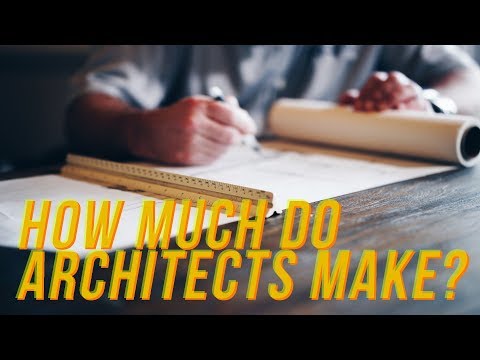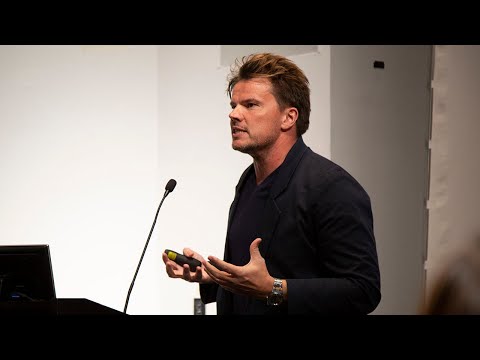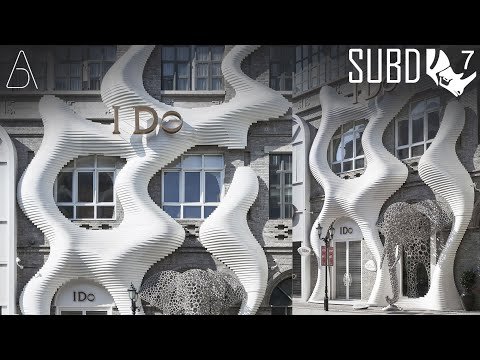The impact of historical French art and architecture on modern architecture
The impact of historical French art and architecture on modern architecture
The impact of historical French art and architecture on modern architecture – Classical French historical architecture has a clear impact on modern architecture, as if we look at the historical sequence of French architecture from the past to the present, we will find that changes occurred when modern architecture emerged and there was a mixture of past and present in modern designs that reflect the splendor of The past, the modernity and its development.
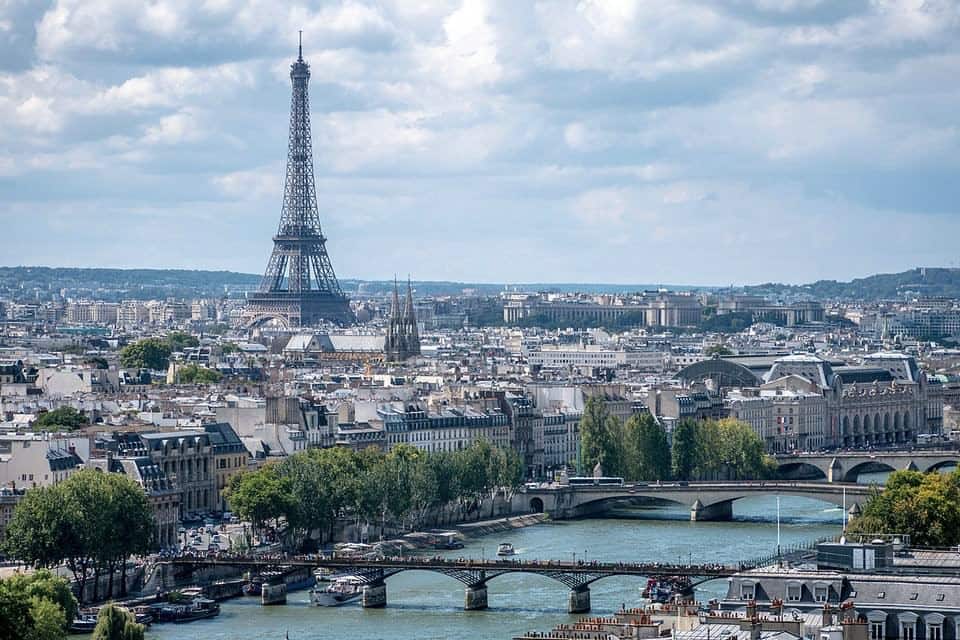
France and Roman rule
Before the Roman rule of France there was no distinct form of French architecture, but after the rule of the Romans to France began to take architecture in France character distinguish it from others, and the effects of it so far are living evidence of the greatness of classic French architecture.
One of the most interesting remains of the remains of the French infrastructure from the era of the Roman Empire.
France, the pre-Romanesque period and religious architecture
Interest in religious architecture began in France after the unification of the Frankish tribes under the rule of one ruler, and then a mixture of regular and religious architecture occurred.
Unfortunately, many of these monuments did not survive because, when they were becoming obsolete, they were served and built in the most modern style, and one of the rare relics of that period is St. Peter’s Church.
France and the Romanesque period
The term Romanesque means “descended from Roman”, and was the first unified architectural style to appear in Europe, and it first appeared in the period between the eighth century and the tenth century AD, and its first appearance was in Italy and France.
The Romanesque architecture was distinguished by the fact that the buildings have thick walls and unobstructed sidewalks and columns emerge from which the end is intertwined in the shape of a dome or arch, and high towers and peaks, and have three entrances leading to the same center of the building, the decorations were reduced and the sculpture is typical, and we see this clearly in the Clooney Abbey in France .
France and Gothic architecture
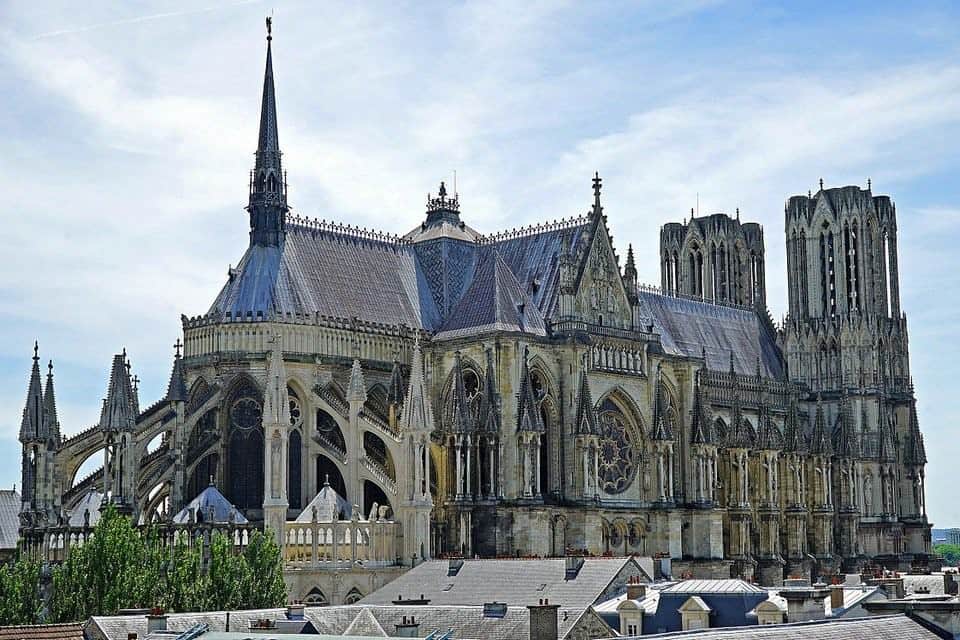
Gothic architecture was the most typical architectural style in France because of its distinct and unique character.
Among the most important features of Gothic architecture are the height of the ceilings and walls, the interest in the presence of pointed arches in the ceilings, and the addition of anti-facades to support the high walls, however the greatest attention was focused on the decorative sides more than the structural sides, and this appears in the development and change of windows and their multiple forms and drawing colored decorations on them .
France and the Renaissance in architecture
After the rise of the Renaissance in Italy and its spread in the rest of Europe, French architecture changed a lot from the previous, and modern buildings in that period became the property of the ruling family only, and the Château de Chambord Palace was a good example of the development of French architecture and its change after the Renaissance, and the Montebello Palace is also one of the most prominent Palaces indicating the French architectural renaissance.
Next appeared the Baroque and Rococo styles that were equally important and not unique from the previous two.
France and Neoclassical
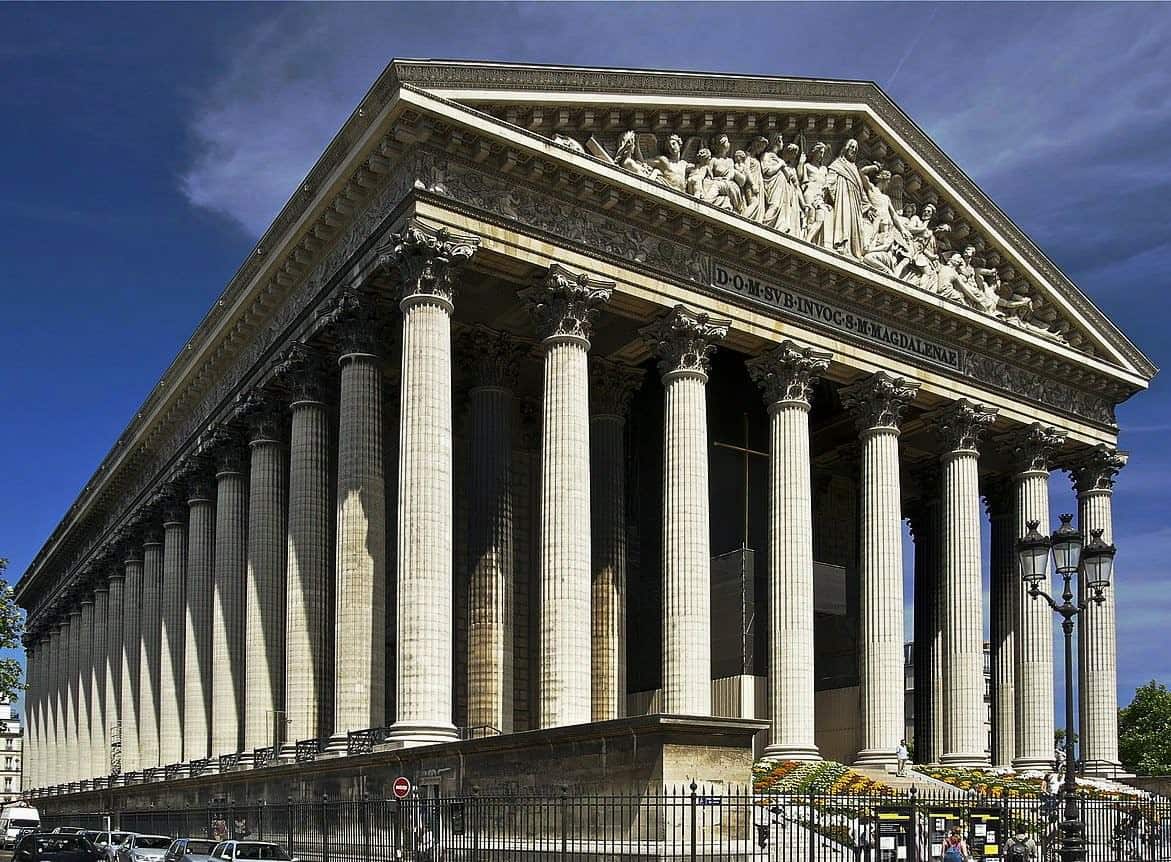
After many described Rococo as comical and bad taste, neoclassicism, which was a mixture of Romanesque and Gothic, emerged, and a new system was established that dominated the architecture of France.
France and the nineteenth century
The French style was radically changed, as the buildings became much taller than before and this was uncharacteristic in the architecture of France since ancient times, the façades of the buildings became of beige color, and the roofs became trapezoidal boxes and France was distinguished by this form of roofs.
Paris changed a lot and kept pace with the development that swept the rest of Europe, as the Eiffel Tower, which changed France a lot, was built.
France and modern architecture
In the twentieth century and after the world wars, France significantly prepared and its modern architecture became technology dependent and at the same time they were interested in preserving their rich heritage with many architectural styles throughout the ages.
Browse also: The impact of Islamic architecture on the design of structures in the Emirates
To learn more about architecture, follow us on Twitter




